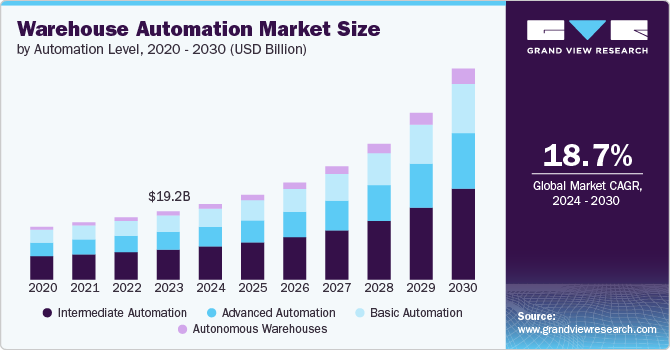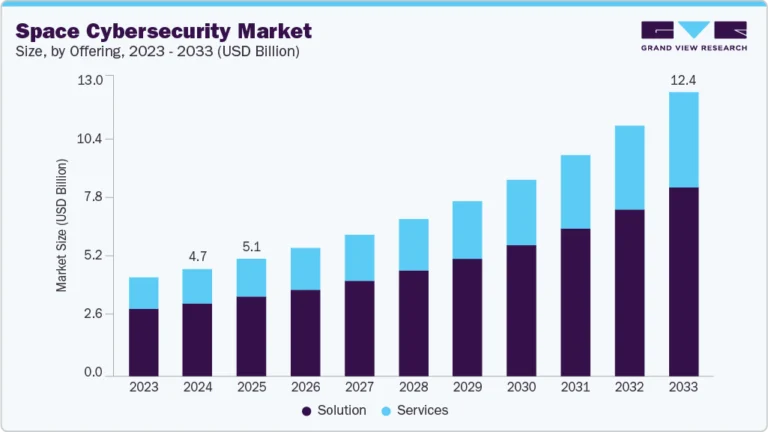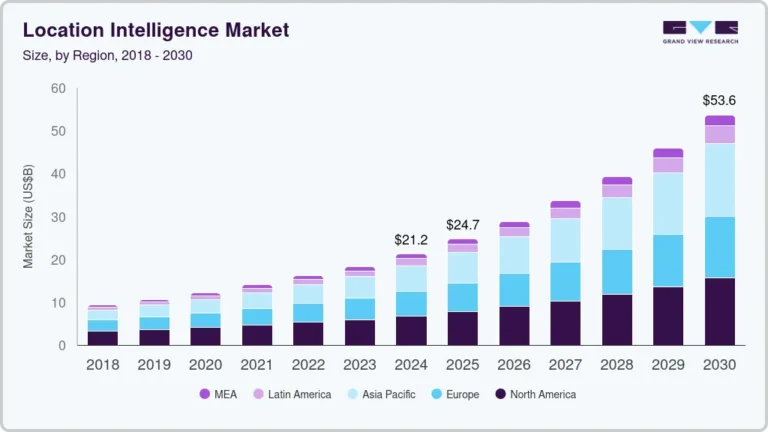Warehouse Automation Market Size, Share & Trends Analysis growing at a CAGR of 18.7% from 2024 to 2030

The global warehouse automation market size was estimated at USD 19.23 billion in 2023 and is projected to reach USD 59.52 billion by 2030, growing at a CAGR of 18.7% from 2024 to 2030. Warehouse automation refers to the use of technology and machinery to automate various tasks within a warehouse environment.
Key Market Trends & Insights
- The North America region dominated the warehouse automation market in 2023 and accounted for a 36.7% share of the global revenue.
- The warehouse automation market in the U.S. is expected to grow at a significant CAGR from 2024 to 2030.
- By component, The hardware segment dominated the market in 2023 and accounted for more than 58% share of global revenue.
- By automation level, The intermediate automation segment dominated the market in 2023, accounting for a significant portion of overall revenue.
- By application, The retail and e-commerce segment dominated the market in 2023 and is also the fastest-growing application area.
Market Size & Forecast
- 2023 Market Size: USD 19.23 Billion
- 2030 Projected Market Size: USD 59.52 Billion
- CAGR (2024-2030): 18.7%
- North America: Largest market in 2023
- Asia Pacific: Fastest growing market
Request a free sample copy or view report summary: https://www.grandviewresearch.com/industry-analysis/warehouse-automation-market-report/request/rs1
This includes everything from automated storage and retrieval systems (AS/RS) to robotics, conveyors, automated guided vehicles (AGVs), and warehouse management software (WMS). Automation in warehouses aims to increase efficiency, reduce human error, and lower operating costs. The market encompasses a wide range of products and services, including hardware, software, and integration services. Warehouse automation solutions are implemented across various industries, including retail, manufacturing, healthcare, and logistics, catering to both large enterprises and small to medium-sized businesses.
Several key trends are shaping the warehouse automation market. One of the most significant is the growing adoption of robotics. Robotic systems, such as autonomous mobile robots (AMRs) and collaborative robots (cobots), are increasingly being used for tasks like picking, packing, and material handling. These robots are designed to work alongside human workers, enhancing productivity and safety. The integration of artificial intelligence (AI) and machine learning (ML) is also a notable trend, as these technologies enable more sophisticated data analysis, predictive maintenance, and optimized decision-making processes.
The surge in e-commerce has been a major driver of warehouse automation as companies strive to meet the demands of online shoppers for faster and more accurate order fulfillment. E-commerce giants like Amazon have set a high standard for speed and efficiency, prompting other retailers to invest in automation to remain competitive. This has increased demand for automated sorting systems, conveyor belts, and high-speed sortation equipment. Additionally, the concept of smart warehouses is gaining traction. Smart warehouses leverage the Internet of Things (IoT), AI, and data analytics to create highly connected and automated environments. These technologies enable real-time inventory monitoring, predictive equipment maintenance, and enhanced supply chain visibility. The implementation of 5G technology is expected to further accelerate the adoption of smart warehouse solutions by enabling faster and more reliable communication between devices.




